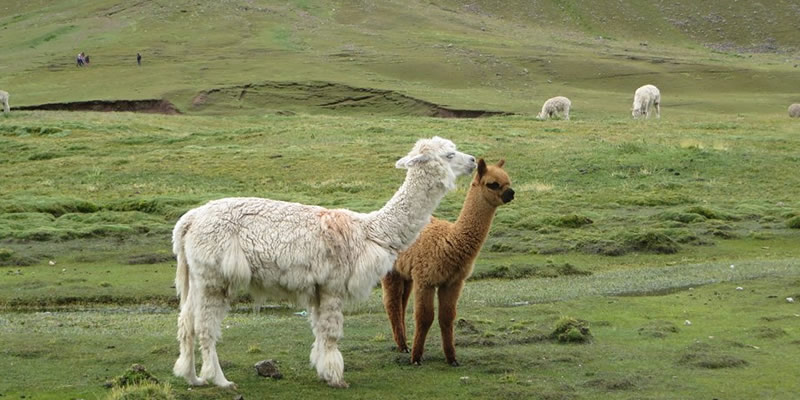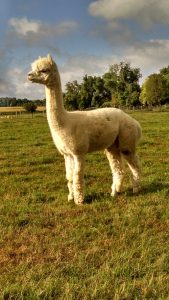History and Facts of Alpacas

How to take care of alpacas?
February 10, 2019
Tips For Establishing A New Alpaca Farm
April 10, 2019
Things you didn’t know about alpacas
Alpacas are exquisite creatures which are the consequence of about 6000 years of domestication and animal husbandry by the inhabitants of South America. Native Andreans have been wearing garments designed from the gorgeous Alpaca since ancient times. It is their major source of clothing. They are basically supporters of the camelid or camel family that also includes Dromedary and Bactrian camels of Africa and Asia and also South America Guanaco, domesticated Llama, and the wild Vicuna. It is said that the millions of South American alpacas are found in Chile, Bolivia, and Peru.

They were first introduced into North America between 1983 and 1984. They were easy to manage, sweet and hardy creatures which immediately adjusted themselves according to the North Americans. At present, it was shared that the herd in North America has developed to more than 50,000. As it is lightweight fleece and wonderfully soft alpaca, the demand has increased worldwide. It is considered a luxury fiber and the majority of the fiber production in South America goes to Japan and Europe.
Alpacas are famous all over the world for their extravagance fiber and also as a show, pet, and asset animals in Israel, Poland, New Zealand, Australia, England, Canada, and the United States. The lifespan of Alpacas is 15 to 20+ years. It weighs around 10 to 17 pounds at birth. The weight of an adult alpaca is approximately 100 to 190 pounds.
The male alpacas become sexually mature when it is 2 ½ years. Just like other camelids in South America, the alpaca does not have estrus or heat cycle and it can be bred all throughout the year. It takes around 335 days to give birth to a single cria or baby. The females deliver during morning hours from the standing position. It is extremely rare to see twin crias or babies. It is hardly compatible with life.
Alpacas have adapted ruminants. They have good digestive efficacy and prefers good quality hays and forage. Whenever necessary, it can be provided occasional supplemental minerals, feed, and vitamins. It is quite reasonable to feed alpaca when compared to other traditional domestic animals.
Alpacas are predictable, calm, curious and alert. They require the company of other camelids. They move on mass or huddle together when they are wary or frightened. The cost of alpacas varies throughout Canada and the United States. The prices mostly depend upon demand and supply and common economic conditions.
Read Also : How to take care of alpacas?
